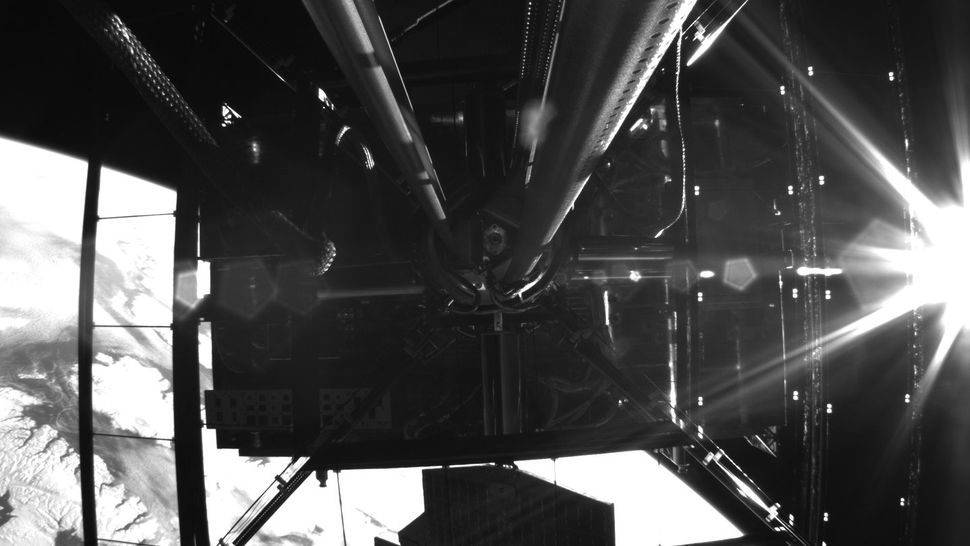A satellite got all tangled up last year after its launch into space.
Engineers had to quickly pivot after the California Institute of Technology’s Space Solar Power Demonstrator (SSPD-1) got stuck during what was supposed to be a slow unfurling of a modular spacecraft experiment: The Deployable On-Orbit Ultralight Composite Experiment, or DOLCE.
A new video shows the team’s fix that allowed DOLCE to finally deploy; it had a wire so snagged that it damaged the connection between the satellite boom and the satellite structure. At first, engineers got the tangle moving a little after helping the satellite warm through sunlight, but new problems arose soon after.
Related: Scientists beam solar power to Earth from space for 1st time ever

The Solar Power Demonstrator (SSPD-1) is meant to demonstrate how to deploy modular satellites in space. The hope is that, one day, an entire constellation of similar machines would be ready to perform science in our planet’s orbit.
But DOLCE did not sweetly deploy, even after warmed up. “Part of the structure became jammed under the deployment mechanism, something that had never been seen in laboratory testing,” Caltech engineers wrote in a statement.
“Using images from the DOLCE cameras, the team was able to reproduce this kind of jamming in the lab and developed a strategy to fix it,” they continued. The solution required forcing the actuators of DOLCE to vibrate the satellite structure and finally unfurl the jam.
The orbital challenge, however, will make future satellites even more robust as designers know know what problems may arise with such efforts, co-leader and Caltech professor Sergio Pellegrino said in the same statement. Best yet, the satellite still succeeded despite both problems during deployment.
“The troubleshooting process has given us many new insights and has sharply focused us on the connection between our modular structure and the diagonal booms,” Pellegrino said. “We have developed new ways to counter the effects of self-weight in ultralight deployable structures.”
Aside from its deployment, the satellite also gathered solar energy for more than 240 days using three new types of solar cells previously untested in space. The hope is to mass-generate these cells in the future to make solar power less costly, as cells designed for space are typically 100 times more expensive than their Earth counterparts because they’re radiation- and microgravity-robust.
While the long-term aim of SSDP’s program is to beam solar power from space, this demonstrator was more to look at different types of cells for future iterations.